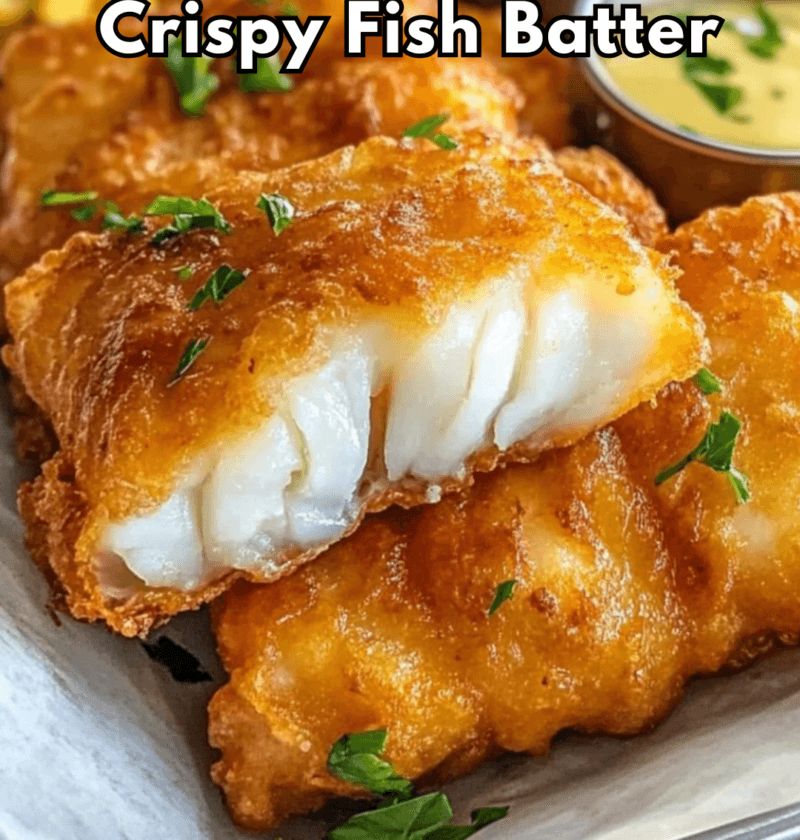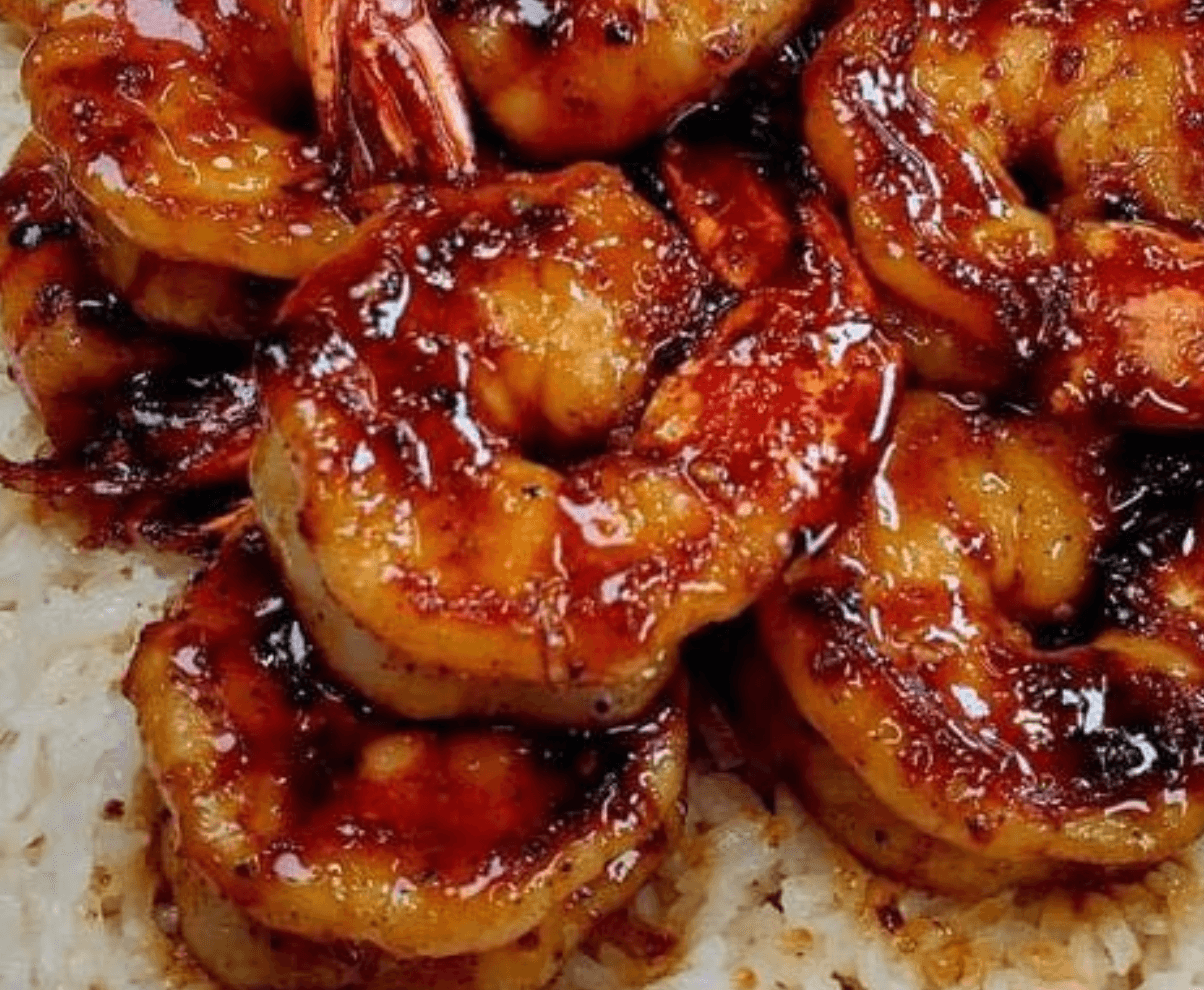Crispy Fish Batter: Achieving Perfectly Fried Fish Every Time
Introduction
When it comes to cooking fish, achieving a perfectly crispy and golden exterior can be a challenge. The key to success lies in the batter you use. A well-made fish batter not only adds a delightful crunch to the fish but also seals in the moisture, resulting in a tender and flavorful dish. In this article, we will explore the secrets to creating a crispy fish batter that will elevate your fish dishes to new heights.
Ingredients
To create a delicious crispy fish batter, you will need the following ingredients:
– 1 cup all-purpose flour
– 1 teaspoon baking powder
– 1/2 teaspoon salt
– 1/2 teaspoon paprika
– 1/4 teaspoon black pepper
– 1/4 teaspoon garlic powder
– 1/4 teaspoon onion powder
– 1 cup cold sparkling water
– Vegetable oil for frying
– Fresh fish fillets of your choice (such as cod, haddock, or tilapia)
Steps
Creating a crispy fish batter involves a few simple steps. Follow these instructions to achieve perfectly fried fish:
1. In a mixing bowl, combine the all-purpose flour, baking powder, salt, paprika, black pepper, garlic powder, and onion powder. Mix well to ensure all the ingredients are evenly incorporated.
2. Slowly add the cold sparkling water to the dry ingredients, whisking gently as you pour. Continue whisking until the batter is smooth and free of lumps. The carbonation in the sparkling water will help create a light and airy texture in the batter.
3. Place the batter in the refrigerator and let it rest for at least 30 minutes. This resting period allows the batter to hydrate fully and develop its flavor.
4. Heat vegetable oil in a deep frying pan or a deep fryer to a temperature of 375°F (190°C). The ideal temperature ensures that the fish cooks evenly and the batter turns crispy.
5. Dip each fish fillet into the batter, making sure it is fully coated. Allow any excess batter to drip off before carefully placing the fillet into the hot oil.
6. Fry the fish fillets in small batches to avoid overcrowding the pan. This ensures that the temperature of the oil remains consistent, resulting in evenly cooked fish.
7. Cook the fish for approximately 3 to 4 minutes on each side, or until the batter turns golden brown and crispy. Use a slotted spoon or tongs to carefully flip the fillets halfway through the cooking process.
8. Once the fish is cooked, transfer it to a paper towel-lined plate to drain any excess oil.
9. Serve the perfectly crispy fish with tartar sauce, lemon wedges, and your favorite side dishes. Enjoy the delightful crunch and tender texture that the batter brings to the dish.
KETO AND LOW CARBS Variations
For those following a keto or low-carb diet, you can still enjoy crispy fish by making a few simple substitutions in the batter recipe.
– Replace the all-purpose flour with almond flour or coconut flour. These alternatives are low in carbs and provide a nutty flavor to the batter.
– Omit the baking powder as it is not necessary when using alternative flours.
– Adjust the amount of sparkling water as alternative flours may require less liquid. Add the sparkling water gradually until you achieve the desired consistency.
By making these modifications, you can create a keto-friendly or low-carb crispy fish batter that meets your dietary needs without compromising on taste.
Tips
To ensure your crispy fish batter turns out perfectly every time, here are some additional tips to keep in mind:
1. Use cold sparkling water: The carbonation in sparkling water helps create a lighter and crispier batter. Make sure the water is cold to keep the batter temperature low, resulting in a better texture.
2. Rest the batter: Allowing the batter to rest in the refrigerator for at least 30 minutes allows the ingredients to meld together, resulting in a more flavorful and cohesive batter.
3. Maintain the right oil temperature: It is crucial to fry the fish at the correct temperature. Too low, and the batter will become greasy; too high, and it may burn before the fish is cooked. Use a kitchen thermometer to monitor the oil temperature.
4. Fry in small batches: Overcrowding the pan will lower the oil temperature and result in soggy fish. Fry the fish in small batches to ensure each piece cooks evenly and turns out crispy.
5. Drain excess oil: After frying the fish, transfer them to a paper towel-lined plate to remove any excess oil. This step helps maintain the crispy texture of the batter.
Conclusion
Now that you have mastered the art of creating a crispy fish batter, you can confidently serve up perfectly fried fish dishes to impress your family and friends. Remember to use cold sparkling water, allow the batter to rest, and maintain the right frying temperature for the best results. With these tips and tricks, you can enjoy deliciously crispy fish every time you cook. So go ahead, grab your favorite fish fillets, and start battering away to create a culinary masterpiece!
FAQs
1. Can I use a different type of flour?
While all-purpose flour is commonly used for fish batter, you can experiment with other flours such as cornmeal or rice flour for different textures and flavors.
2. Can I reuse the oil?
It is not recommended to reuse the oil as it can affect the quality and taste of the fried fish. It’s best to use fresh oil for each batch.
3. Can I bake the fish instead of frying it?
While baking fish can be a healthier alternative, it may not achieve the same level of crispiness as frying. However, you can try coating the fish with the batter and baking it at a high temperature to get a similar result.
4. Can I make the batter in advance?
It is best to make the batter fresh right before frying the fish. This ensures the carbonation in the sparkling water is retained, resulting in a lighter and crispier batter.
5. Can I use the same batter for other seafood?
Absolutely! This crispy fish batter works well with other seafood such as shrimp, calamari, or even vegetables like zucchini or onion rings. Feel free to explore and experiment with different ingredients.






